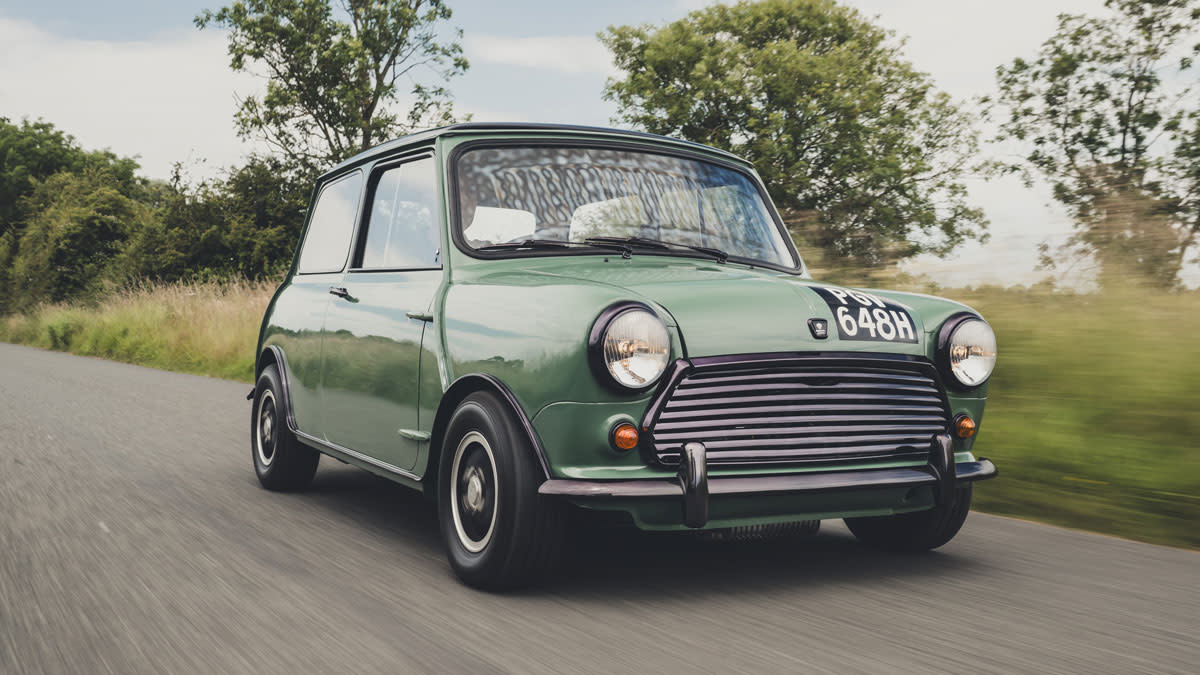
During the 1950s, the number of cars on American roads almost tripled. Most were powered by V-8 engines, bedecked in chrome, and built in Detroit, but some European vehicles also gained a foothold in the U.S., notably rip-roaring British roadsters and a German oddball called the Volkswagen Beetle.
Launched in 1959 and first exported stateside in 1960, the Mini—initially badged Austin Seven or Morris Mini Minor—miraculously combined the nimble handling of an MG or Austin-Healey with the practicality and low running costs of a VW Bug. Its ingenious design used a monocoque chassis and a transverse four-cylinder engine with the transmission relocated in the sump. Rubber-cone suspension and front-wheel drive also saved space and made the Mini genuinely fun to drive. With a sticker price of $1,295, it even undercut the lead-footed Volkswagen by $400.
More from Robb Report
The first Mini Cooper arrived in 1961, with twin SU carburetors to boost its output from 35 hp to 55 hp, followed soon afterwards by the 68 hp Cooper S. These factory-tuned pocket rockets proved to be giant-killers on racetracks and rally stages, winning the hearts of enthusiasts and cementing the Mini into motorsport history.
However, while production of the Mini continued until 2000—when 5.3 million had been made—safety legislation brought U.S. sales to an abrupt halt in 1967. Today, Mini is a BMW-owned brand that still trades on the original car’s sporting heritage and go-kart-like handling. For some folk, though, only a “real” Mini will do.
One such person is Christopher Hamilton. Born in Cape Town, South Africa, and now based in the U.K., he raced radio-controlled cars as a child before graduating to modified Minis. “I began buying and rebuilding them,” he explains. “A Mini always has a story, which is one thing I love about them.”
Hamilton worked for renowned Mini specialist Swiftune, then set up Crafted Classics Tuning (CCT) in 2016. Based in a sleepy English village, the company started out by refurbishing BMC A-series engines, then moved on to complete Mini restorations. When I visit, the projects in progress include a classic Cooper and a Countryman station wagon, but I’m here for something sportier: the new CCT Cafe Racer.
Design
What began as a bit of fun during the Covid lockdown has spiraled into a full-fledged restomod. The Cafe Racer aims to offer performance way beyond a Cooper S, but without eroding what makes it a Mini. “I wanted to keep that quintessential Mini feel, but dialed up to the next level,” says Hamilton. “This isn’t an extreme track car. It’s very much tailored for road driving.”
The term “cafe racer” is usually applied to stylish, stripped-back motorcycles, and that’s also the approach taken here. Hamilton only plans to use pre-1970 Minis for CCT builds, which means sliding side windows and external door hinges for a reassuringly retro look. This development car, numbered CCT 01, started life as a 1969 Mini Cooper Mk2 and has been resprayed in its original Almond Green with a black roof: a special-order specification confirmed by records at the British Motor Museum.
Aside from a stubbier tailpipe, the only cosmetic changes are blackened chrome trim—which gleams purple in bright sunlight—CCT center caps for the 10-inch wheels, and the beautifully hand-painted license plates.
Power Train and Hardware
As you might expect, there’s a lot more going on under the hood. The former 1,071 cc motor now displaces 1,160 cc, and boasts a ported and polished cylinder head, forged Omega pistons, an Arrow crankshaft and conrods, a Piper 285 camshaft, competition-spec SU H4 carburetors (“fuel injection would have felt like a step too far,” says Hamilton), an X-lite flywheel, a distributor-less ignition, and DTA electronic engine management. Output is up by almost 50 percent, at a dyno-tested 97 hp.
CCT has widened the A-series engine’s cylinder bores but retained its original stroke, creating a “proper screamer” with an 8,500 rpm limiter. A straight-cut four-speed manual gearbox allows for full-throttle shifting, and there’s even a launch-control system that holds the revs at an optimal 4,250 rpm before it dumps the AP Racing clutch. “The engine is fully forged, with ARP fasteners, so it’s built to be driven hard,” Hamilton says. “You don’t need to worry about breaking it.”
Cooper S grooved front discs, Mintex pads, and alloy rear drums mean you also needn’t worry about braking it (sorry). And while the Mini retains its Hydrolastic rubber suspension, the fitment of Bilstein front dampers, rose-jointed tie bars, and KAD adjustable toe and camber brackets give it a lower, more purposeful stance.
Performance
The “less is more” cafe-racer ethos is also evident when you wriggle into the Mini’s Tardis-like interior. CCT’s subsequent restomods (the team is now starting on CCT 06) have added luxuries such as Bluetooth audio, a reversing camera, and a heated windshield, but car 01 feels authentically austere—and is all the better for it.
The original seats have been reupholstered, with a replica recliner fitted for the driver, and there are period-style gauges for engine revs, oil pressure, oil temperature, and water temperature. “Anything more than that is just clutter,” says Hamilton. I point out that the tacho only reads to 8,000 rpm—500 rpm before the cutoff. “I wanted the needle to go off the dial,” says Hamilton. “It’s our version of the rev counter in Singer [reimagined] Porsches, which famously goes up to 11.”
As I edge out of the workshop, the Mini’s unassisted helm feels heavy, not helped by the bus-like angle of its Momo Prototipo wheel. Once you’re rolling, though, the effort ebbs away and you begin to steer with your fingertips rather than your biceps. The Mini turns in so sharply that you can end up taking each bend like a series of very short straights. But moderate your inputs and you soon find a flow.
Indeed, you can understand why the Mini was such a successful rally car; it ducks and dives across the landscape with scarcely any sense of inertia. Its inherent agility is heightened in the Cafe Racer by the uprated suspension and geometry, which proves stubbornly resistant to roll. In addition, modern Yokohama A008 tires provide tenacious grip.
CCT also fits a helical ATB limited-slip differential to ensure all that power reaches the road. Apply the throttle mid-corner and you can feel the diff haul you towards the apex, then unwind as you accelerate away. “Compared to a classic Cooper S, it feels a lot livelier and more planted in the corners,” reckons Hamilton. He’s not wrong.
In motorsport, Minis used their agility to outfox more powerful rivals, but here the engine no longer feels like a supporting act. It attacks your eardrums like a nest of furious wasps, the gargle and snort of induction eventually drowned out by the primal roar of a racing-spec Maniflow exhaust with a reverse-cone megaphone. It attacks the road, too, piling on speed as you hurriedly grab the next gear. By 5,000 rpm, it already feels gleefully unhinged. Go “off the dial” and it’s certifiably bonkers.
Hamilton doesn’t have any tested performance figures for the Cafe Racer, but he estimates it can cover zero to 60 mph in around 6.5 seconds and reach a top speed of 100 mph. Like any restomod, though, how it gets there is what counts, and few cars make the road your playground like a Mini.
Is it Worth It?
In common with many Brits, my first car was a Mini. It kick-started my love of driving and is one of the reasons why, nearly 30 years later, I write about cars for a living. I owe this little sedan a lot, so perhaps my feelings are clouded by nostalgia. Perhaps even a little patriotic pride. Still, I’ll maintain that a tuned Mini is more fun than most sports cars of its era—and probably quicker across-country, too.
The CCT Cafe Racer looks like a product of the 1960s, yet its highly tuned engine and flawless finish surpass even the coachbuilt Minis of the era (as driven by all four of the Beatles, the Monkees, Peter Sellers, Britt Ekland, and many more). Replicating CCT 01 will cost around $95,000, and the order book now stretches until 2027. Yet for those prepared to wait, this mighty Mini offers a compelling blend of classic charm, robustly engineered performance, and visceral driving fun.
If you want a car to race between cafes (or Cars & Coffee meets), this Mini will keep your caffeine buzz going from one Americano to the next. As Hamilton mentions, every Mini has a story. And thanks to CCT, those stories are still being written.
Specifications
Vehicle Type
Two-door sedan
In Production Since
2020
Power Train
1.2-liter naturally aspirated four-cylinder, 97 hp, N/A torque
Four-speed manual transmission
Performance
Zero to 60 mph: 6.5 seconds (est.)
Top speed: 100 mph (est.)
Price as Tested
Approximately $95,000
Click here for more photos of this Restomod Mini From Crafted Classics Tuning.
Best of Robb Report
Sign up for RobbReports's Newsletter. For the latest news, follow us on Facebook, Twitter, and Instagram.
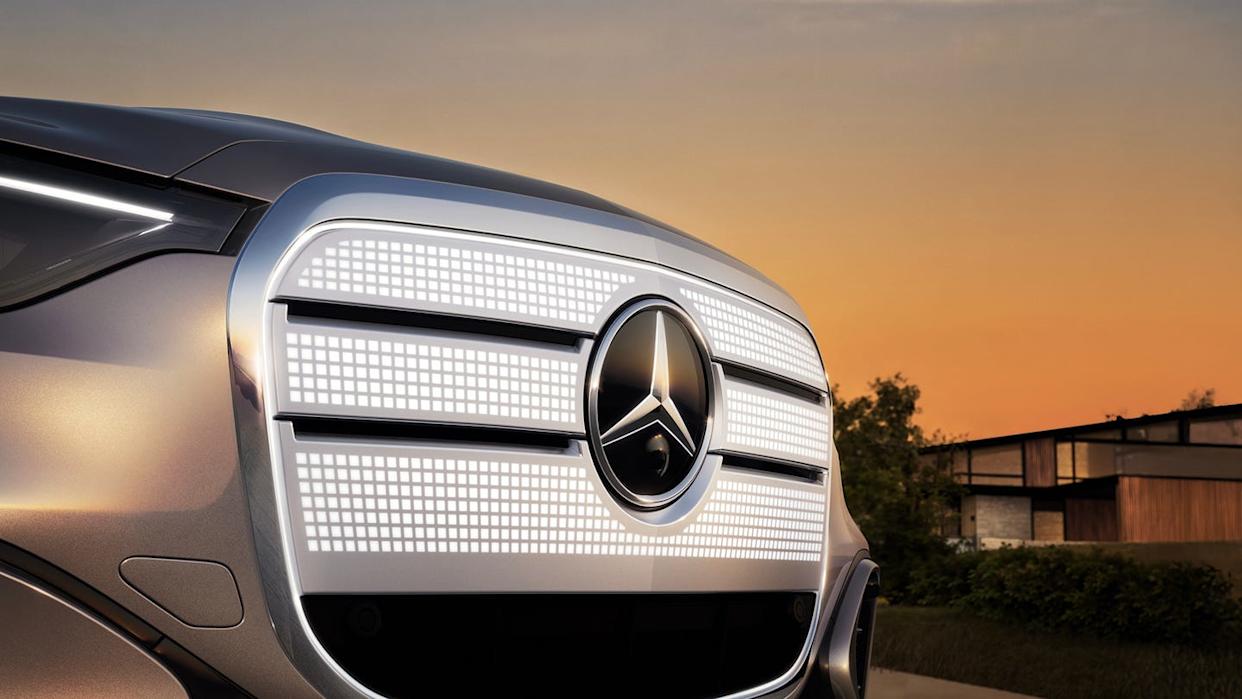
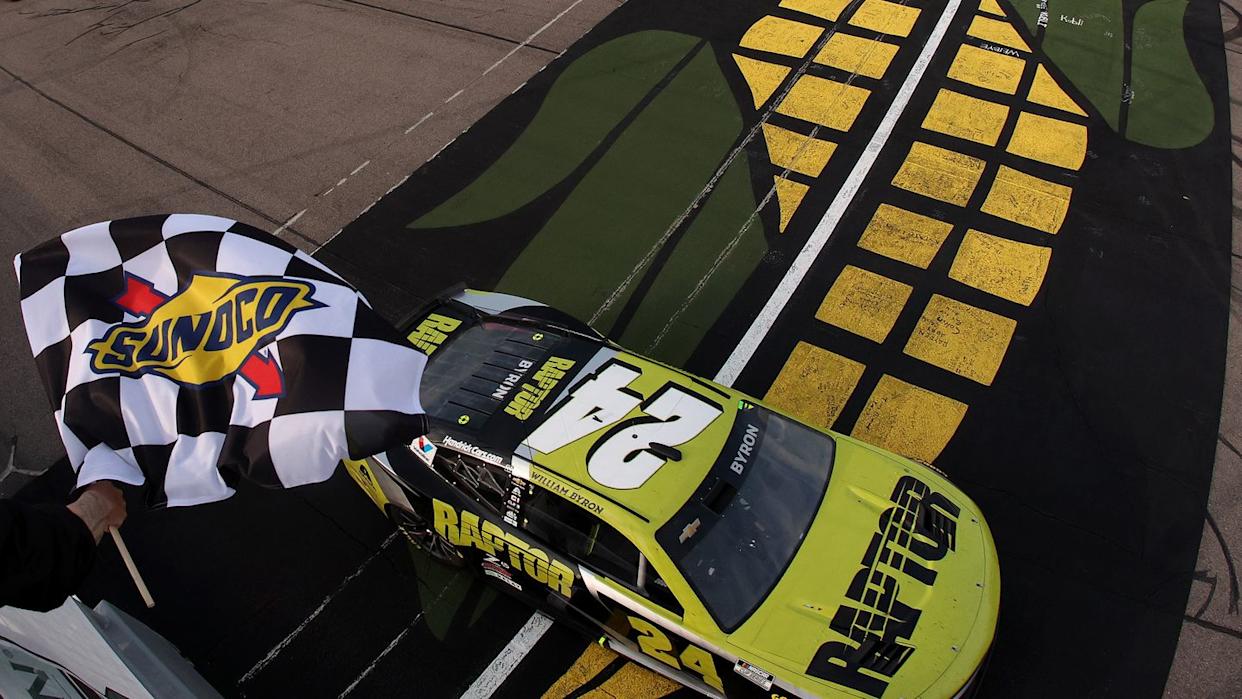

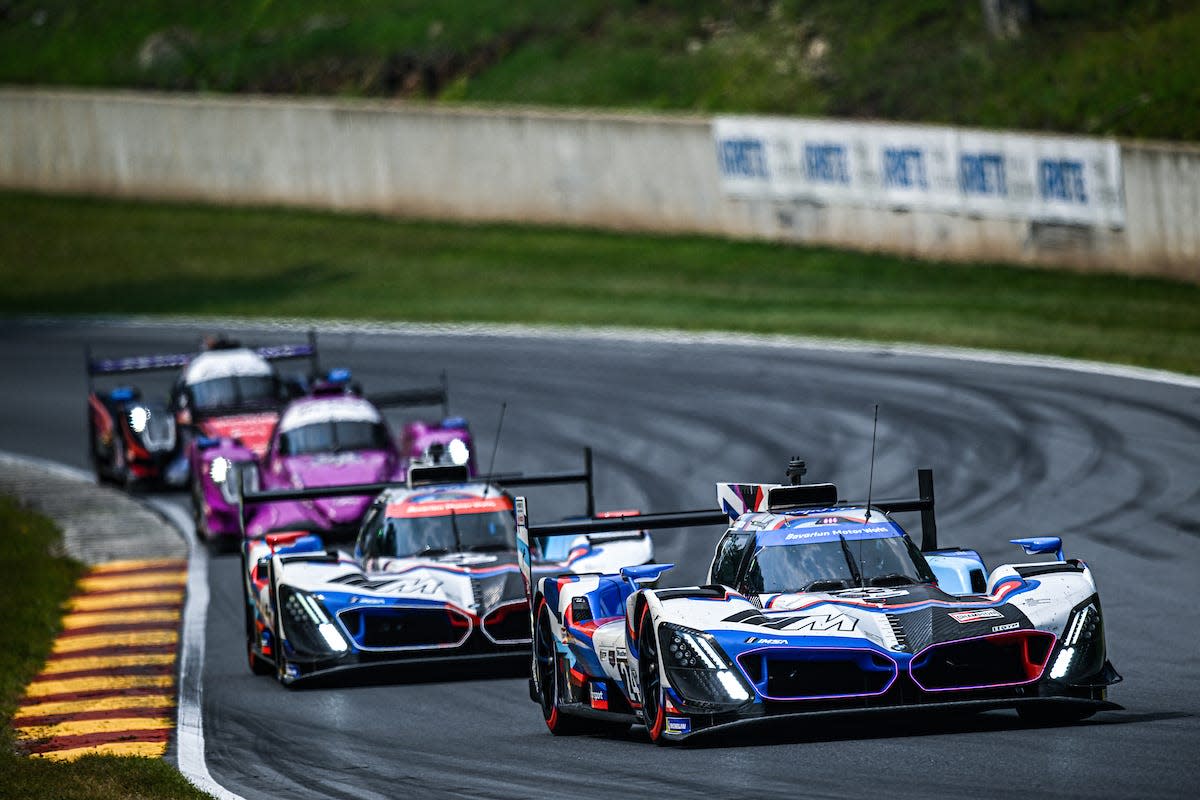
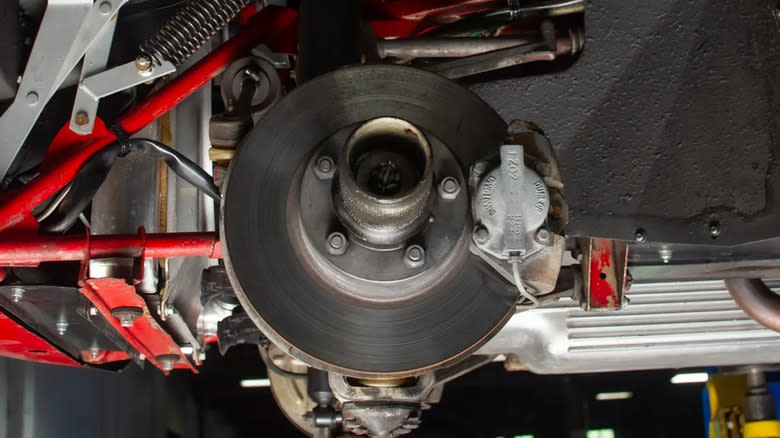
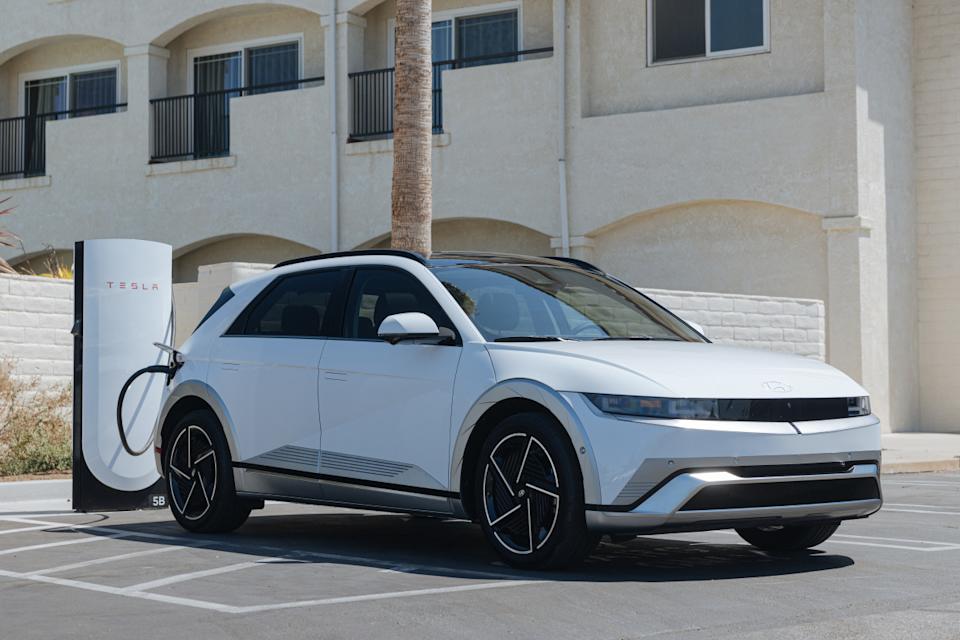
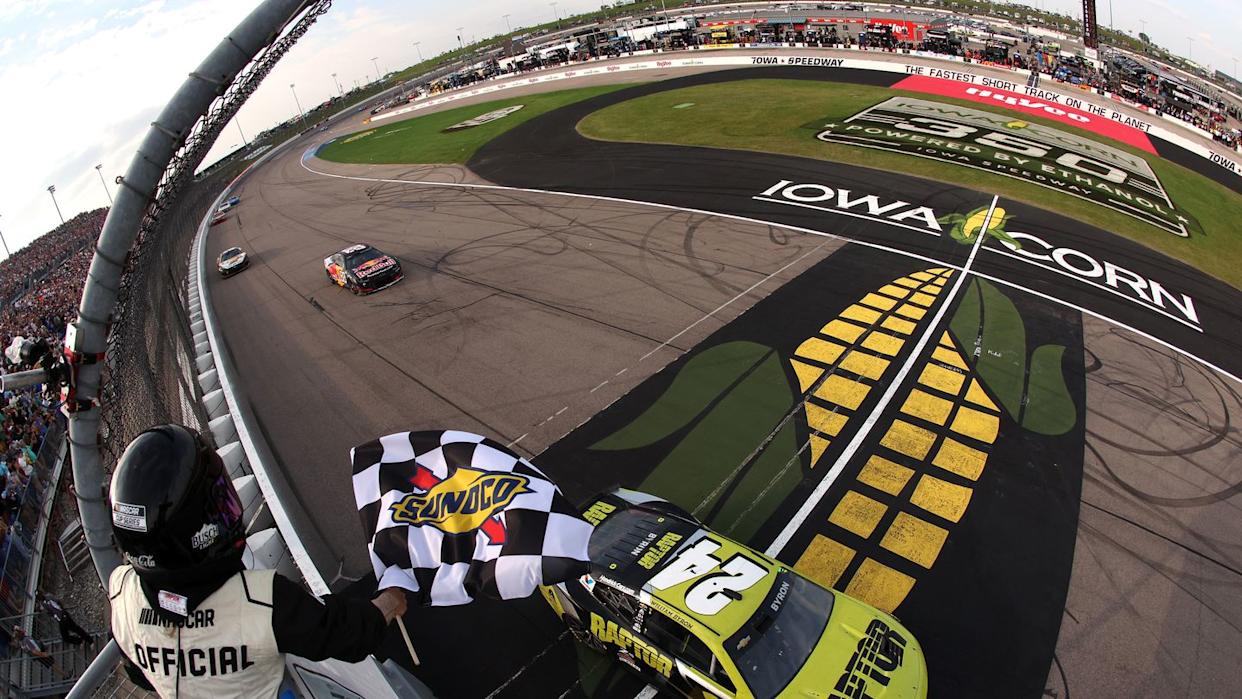
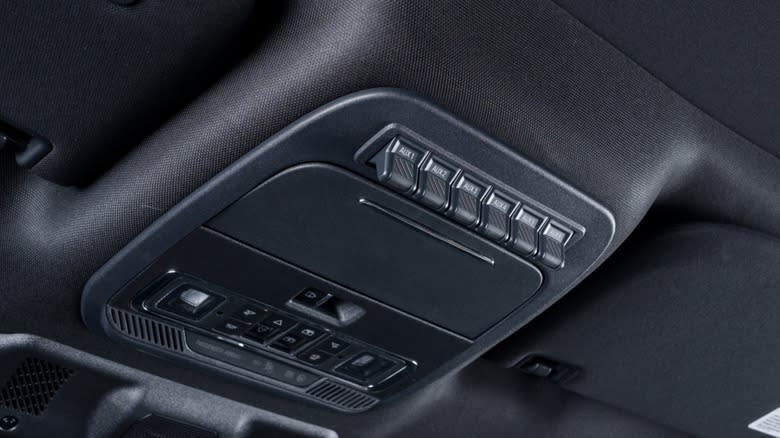
Comments